Here is why I made this post. I want to help kids fall in love with English through play, not drills. When children crack a word during a game, they light up and want more.
If you are a parent, caregiver, or teacher who wants language time to feel easy and fun, this one’s for you. You care about confidence, curiosity, and real conversations more than perfect grammar. You need ideas that work in a busy day and with different ages.
1. Story Time Theater
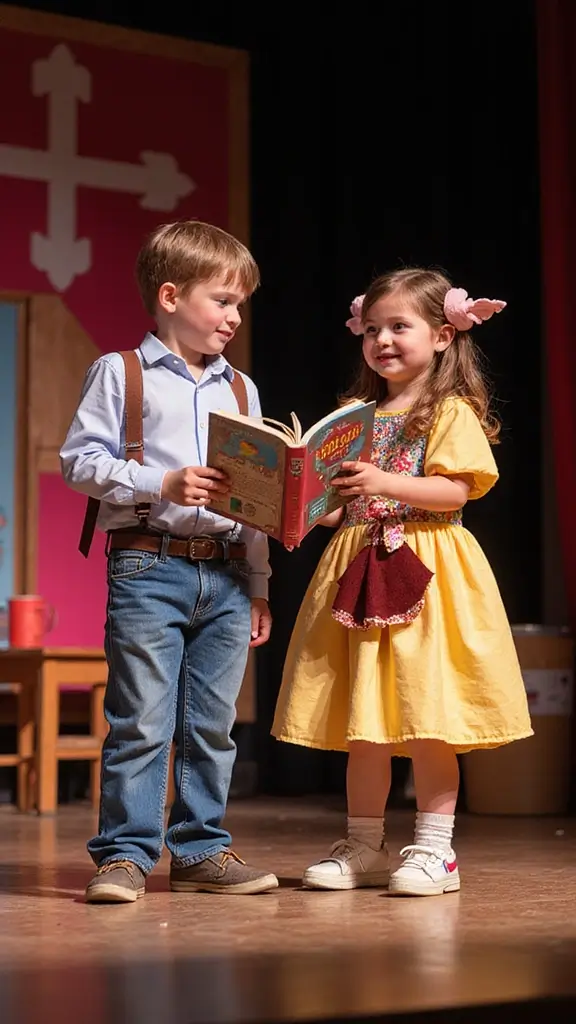
Story Time Theater turns a book into a small stage. You choose a favorite, short story and invite your kids to act the parts. They read lines aloud, pause for feeling, and speed up or slow down to show meaning. Props like hats, scarves, or a simple cape help focus energy. Let them switch roles and try new voices. This builds listening, speaking, and teamwork as they work together on a shared scene. Use stories with clear dialogue so they feel confident. Tip: choose works with a few speaking parts and easy phrases. Next steps: plan a 15 minute session, assign roles, and film a tiny clip to share.
1. Story Time Theater
Editor’s Choice


Rhode Island Novelty 7 Inch x 8 Inch Hollywood Movie Clapboard, One Per …
 Amazon$4.59
Amazon$4.592. Vocabulary Treasure Hunt
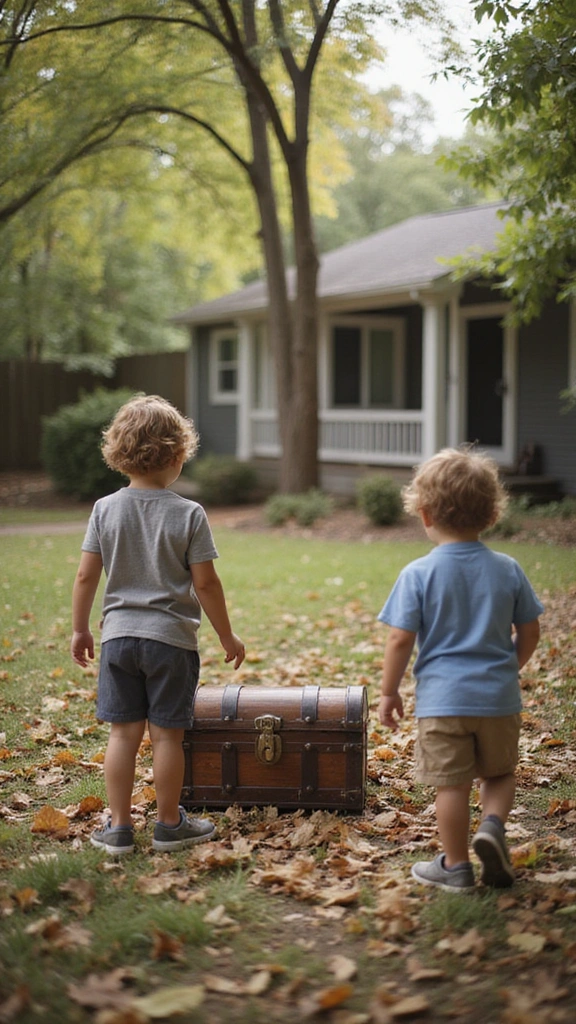
You want word practice that kids enjoy. A vocabulary treasure hunt makes learning feel like play.
What you do:
– Hide word cards around your house or yard.
– Write quick clues that point to each card.
– When they find a card, have them use the word in a sentence.
– Give a small reward for each correct sentence.
– Change the theme often, like colors one day and animals the next.
Pro Tip: Use short clues and a steady pace to keep focus.
Next steps: Start with 8 words, set a timer, and watch them move and think. If you need more ideas, switch in everyday items or synonyms.
2. Vocabulary Treasure Hunt
Editor’s Choice

Sight Words Flash Cards – 520 High Frequency Words for Kids Ages 3–9 – D…
 Amazon$25.99
Amazon$25.99
GOTROVO The Family Treasure Hunt Game! Indoor Adventure Board Game for K…
 Amazon$19.97
Amazon$19.97
1440 Pcs Star Stickers, Star Stickers for Kids Reward, Tiny Star Sticker…
 Amazon$3.99
Amazon$3.993. Word Jenga
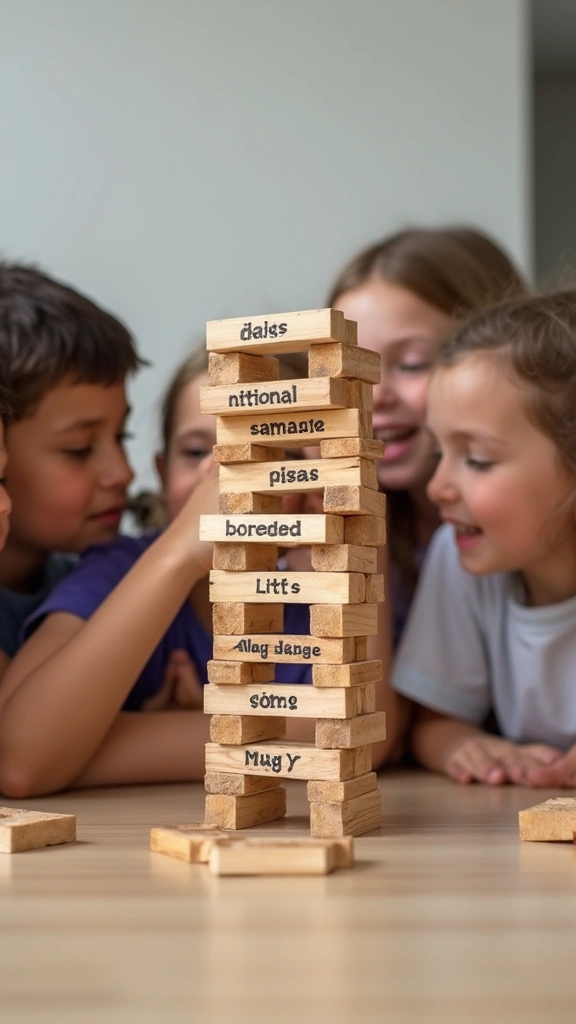
Stuck with boring study time? Word Jenga makes it a fun game. Before you pull a block, read the word aloud and use it in a sentence. Say it slowly, then speed up. You focus on the word and gain confidence speaking.
Tip: Tie the words to what you study. If you’re learning science, pick science terms. If you read a story, pull from that book.
How to set it up:
– Write one word on each Jenga block.
– Stack the blocks into a tall tower.
– Take turns. Read, then pull.
Next steps: choose 12 words, set a timer, and play again.
3. Word Jenga
Editor’s Choice


Sight Words Flash Cards – 520 High Frequency Words for Kids Ages 3–9 – D…
 Amazon$25.99
Amazon$25.99
Classroom Timers for Teachers Kids Large Magnetic Digital Timer 2 Pack
 Amazon$5.94
Amazon$5.944. Language Cooking Class

Here is a practical way to get kids cooking while you boost their English. Pick a simple recipe and have them follow it step by step. They read the directions, measure ingredients, and name the foods. They hear and use cooking actions like mix, stir, pour, and bake. They learn units such as cup and teaspoon in real talk. Keep an English word chart for reference. Then invite them to design their own recipe and present it to the family. Extra fun: end with a taste test and describe flavors with simple words. This kitchen activity helps kids learn English through cooking.
4. Language Cooking Class
Editor’s Choice

28PCS Toddler Knife Set – Kids Knifes for Real Cooking, Montessori Kids …
 Amazon$15.99
Amazon$15.99
300 Vocabulary Flashcards | Double Sided English-Spanish Bilingual Flash…
 Amazon$27.99
Amazon$27.99
The Complete Cookbook for Young Chefs: 100+ Recipes that You’ll Love to …
 Amazon$9.92
Amazon$9.925. English Karaoke

Here is why you should try English karaoke with kids. It makes learning feel fun and real.
Set up a cozy karaoke night at home. Pick songs kids know or easy classics.
With regular practice, you’ll hear better pronunciation and steadier rhythm.
What to do:
– Choose a mix of popular kids’ tunes and simple songs.
– After each song, talk quickly about the meaning of the lyrics.
– Let your child listen first, then sing along, then try a line on their own.
Tips:
– Build a short playlist with catchy rhymes and simple words.
– Sing together to boost confidence and accuracy.
– Pause on tricky phrases and explain them in plain words.
5. English Karaoke
Editor’s Choice

IROO Mini Karaoke Machine for Kids, 2025 TOP Toys Christmas Birthday Gif…
 Amazon$19.99
Amazon$19.99

Bluetooth Speaker with HD Sound, Portable Wireless, IPX5 Waterproof, Up …
 Amazon$19.98
Amazon$19.986. DIY Word Wall
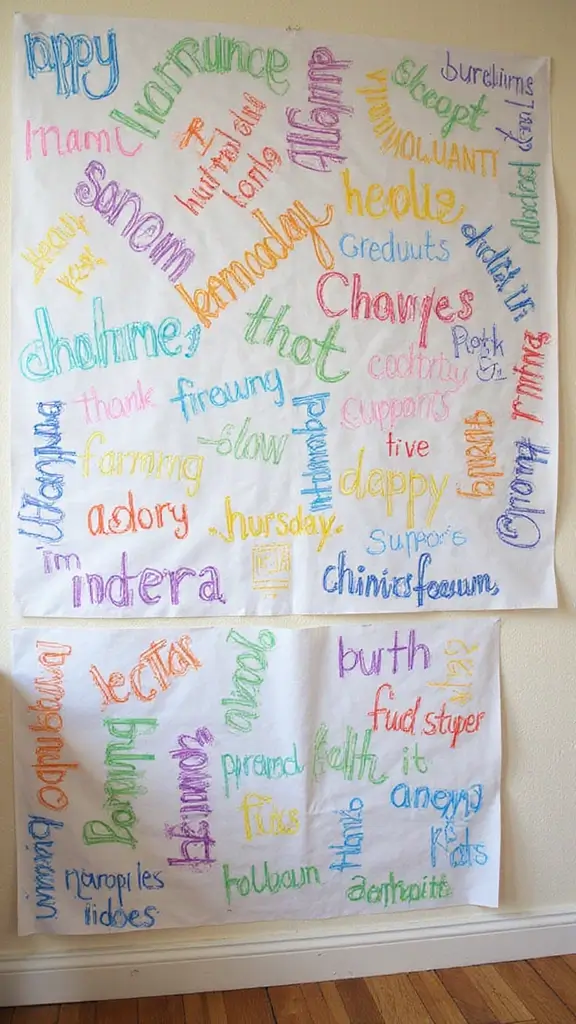
– Pick a wall or board and label it Word Wall.
– Each week you add one new word your kids learn.
– Have them decorate the word with a tiny drawing or a simple sentence.
– Use color codes or borders to group words by part of speech.
– Make it a family project: everyone adds a word and helps update the wall.
– Pro Tip: choose a weekly theme, like action words or adjectives, to stay organized.
– Why it helps: it becomes a handy reference and sparks creativity.
– Use it daily: glance at it for 5 minutes and say the words.
6. DIY Word Wall
Editor’s Choice

4 PACK Magnetic Dry Erase Board Sheet for Fridge, 12″x8″ Erasable Refrig…
 Amazon$9.99
Amazon$9.99
Caliart 34 Double Tip Brush Pens Art Markers, Aesthetic Cute Preppy Stuf…
 Amazon$8.99
Amazon$8.99
Word Wall Bulletin Board Set Alphabet Classroom Decoration 128 Pcs
 Amazon$8.99
Amazon$8.997. Puppet Show Phonics
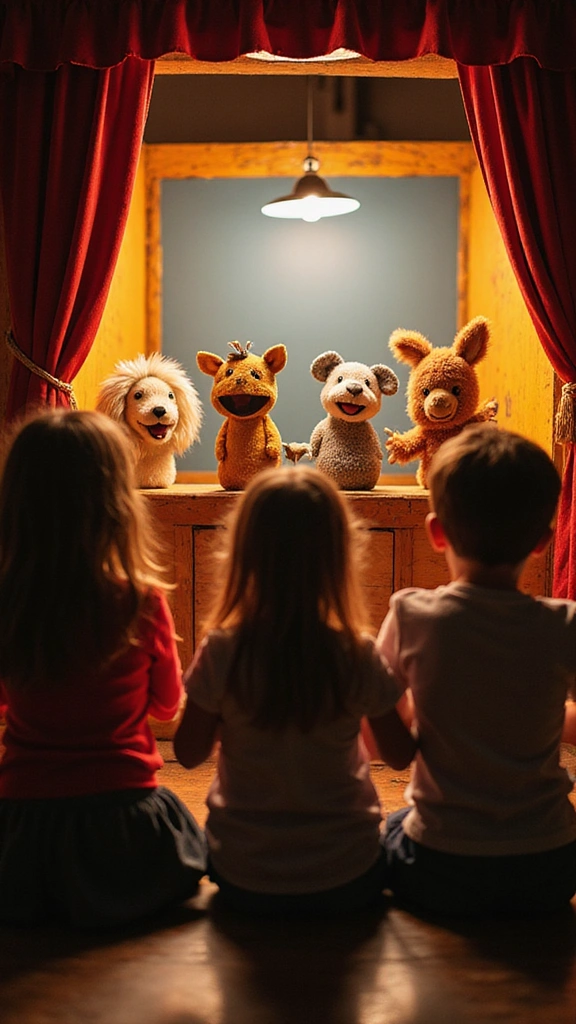
You want your child to learn letter sounds in a fun way. A puppet show brings phonics to life and makes learning feel like play.
Here is how you can run a kid friendly activity.
– Gather two or three puppets. Socks or bags work.
– Give each puppet one letter.
– Write a tiny script with words that start with that letter.
– Have your child perform the phonics show for family or friends.
– After the show, review the letter sounds and point out the sound in everyday words.
Tip: Use colorful puppets and simple motions to lock in the sounds.
7. Puppet Show Phonics
Editor’s Choice

Melissa & Doug Safari Buddies Hand Puppets, Set of 6 (Elephant, Tiger, P…
 Amazon$23.99
Amazon$23.99
Phonics Flash Cards – Learn to Read in 20 Phonic Stages – Education for …
 Amazon$16.99
Amazon$16.99
Melissa & Doug Deluxe Puppet Theater – Sturdy Wooden Construction
 Amazon$79.99
Amazon$79.998. Creative Journaling
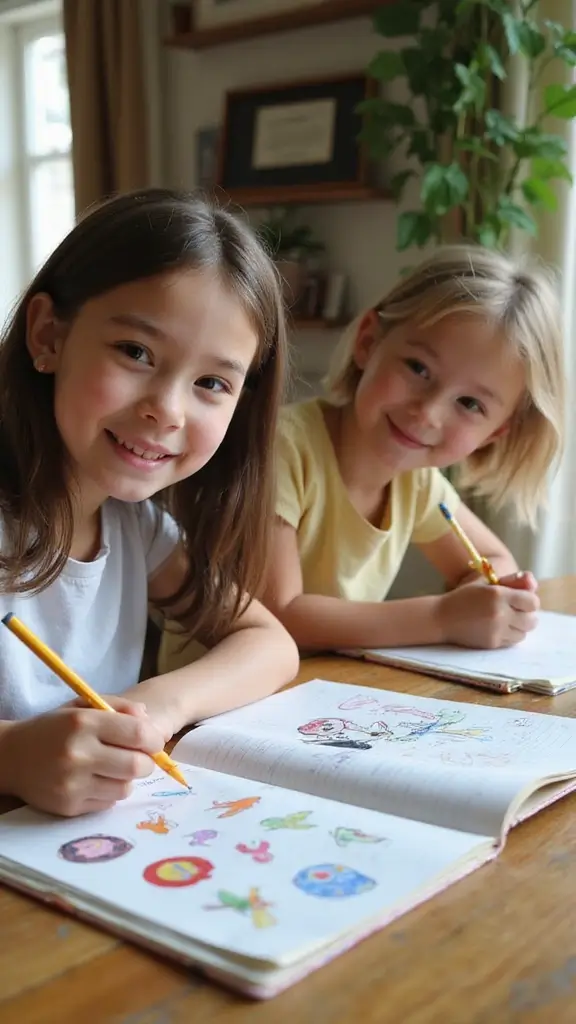
Creative Journaling
If your goal is stronger writing, try creative journaling. Your child writes a short note about their day or a tiny story. They can add drawings or stickers to bring it to life. This builds sentences, fuels imagination, and lets them try new words in context.
– Pick a small notebook or a simple notes app.
– Set a daily 5-minute writing window.
– End with one drawing or sticker.
– Share one entry aloud at a weekly family moment.
– Use prompts like “If I could fly, I would…” or “My hero is…”.
Start small. In time, they will bring home real stories.
8. Creative Journaling
Editor’s Choice

One Creative Writing Prompt A Day: A Journal to Build Your Craft and Unl…
 Amazon$14.87
Amazon$14.87
Fashion Angels 1000+ Ridiculously Cute Stickers for Kids – Fun Craft Sti…
 Amazon$4.99
Amazon$4.99
The Ultimate Writing Prompt Book for Kids Ages 8-12: a creative workbook…
 Amazon$13.99
Amazon$13.999. Flashcard Bingo
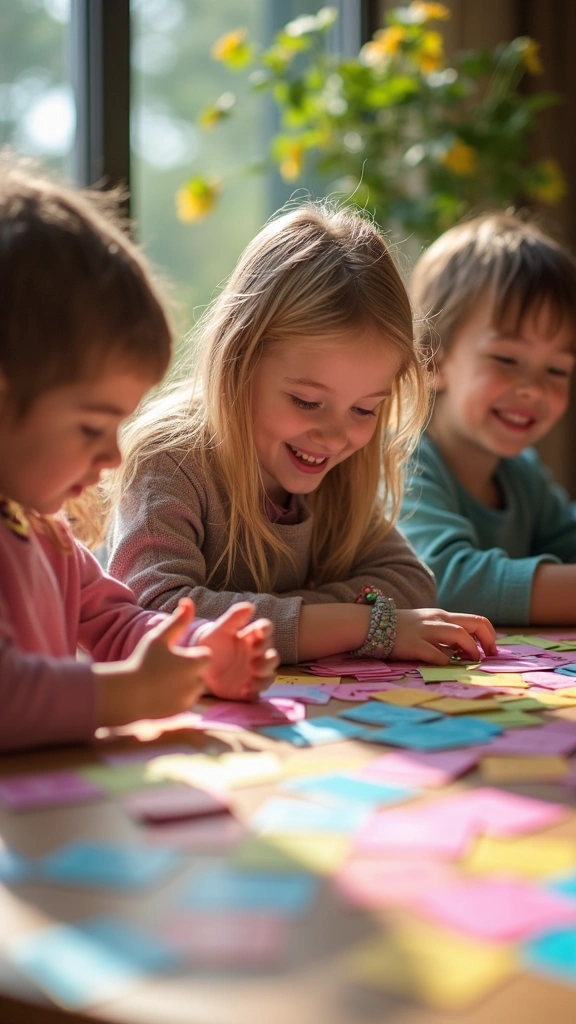
– What it is: Flashcard Bingo makes vocabulary fun and fast.
– Set up: You replace numbers on the cards with target words.
– How to play: When you call a word, kids mark it off on their sheet; the first to complete a row wins a small prize.
– After-marking practice: You can ask them to use the word in a simple sentence to lock in meaning.
– Theme days and tips: Use themes like animals or places to keep it fresh. Print or laminate cards, and vary the pace for different ages. Keep it quick. It’s easy to print at home. Give it a try today.
9. Flashcard Bingo
Editor’s Choice

Carson Dellosa Toddler Flash Cards 4 Pack, Alphabet Flash Cards, Sight W…
 Amazon$11.49
Amazon$11.49
Yuanhe Deluxe Bingo Game Set-Includes Metal Cage,500 Colorful Bingo Chip…
 Amazon$24.69
Amazon$24.69
Amazon Basics Clear Thermal Laminating Plastic Paper Laminator Sheets, 3…
 Amazon$11.99
Amazon$11.9910. Scavenger Hunt Sentences

You want a fun, practical way to grow language skills in kids. A scavenger hunt makes that happen by turning words into a mission. It adds movement, curiosity, and real practice in one easy game. Here is how to run it:
– Create a short list of items to find around the house or yard.
– As they spot each item, they write a sentence with that word.
– Set a gentle timer for each find to boost focus.
– Pro Tip: Mix easy and hard words to keep kids engaged.
– Wrap up with a quick share aloud. Note one new word learned.
10. Scavenger Hunt Sentences
Editor’s Choice

Scavenger Hunts | 42 Scratch Off Adventure Cards – Outdoor Scavenger Hun…
 Amazon$19.99
Amazon$19.99
Carson Dellosa Big Box of Sentence Building for Kids, Write On Wipe Off …
 Amazon$20.60
Amazon$20.60
Classroom Timers for Teachers Kids Large Magnetic Digital Timer 2 Pack
 Amazon$5.94
Amazon$5.94
11. Language Art Gallery
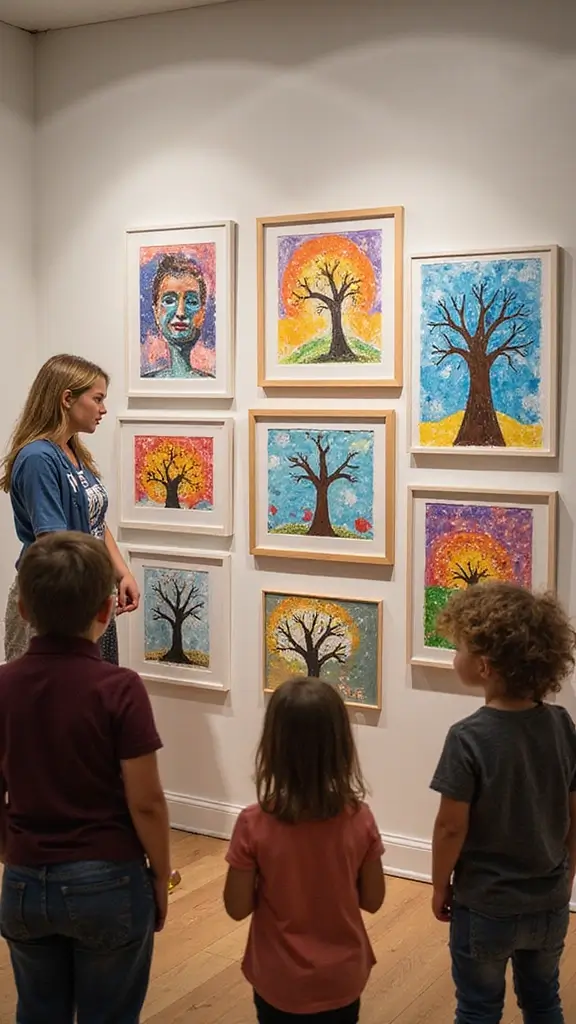
Language and art fit perfectly in a Language Art Gallery.
You pick a theme your kids love—Under the Sea or Space Adventure.
They create a piece that shows the idea.
Then they write a few sentences about their art.
Display the works on a wall or corkboard so family can visit.
The gallery gives them a moment to explain their art in English.
This strengthens writing and speaking while keeping learning fun.
Use simple supplies: paper, paints, markers, glue.
Tip: After the show, let your child give a short artist talk about colors, shapes, and why they chose the idea.
11. Language Art Gallery
Editor’s Choice

Arts & Crafts Supplies Kits & Materials Set for Kids, Toddler – Carl & Kay
 Amazon$16.97
Amazon$16.97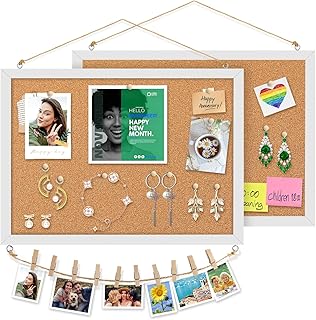
MaxGear 2 Pack Double-Sided Cork Board for Walls, 16″ x 12″ Bulletin Boa…
 Amazon$17.99
Amazon$17.99
Mead Primary Journal, Half Page Ruled, Grades K-2, 7 1/2″ x 9-3/4″, 100 …
 AmazonCheck Price
AmazonCheck Price12. Interactive Storybooks

Interactive storybooks turn reading into a mini play. You pick stories that invite actions, and you invite your child to act out scenes as you read. The movement helps words stick. Tip: add sound effects and give each character a voice to spark their imagination. After the tale, chat about the plot, the people, and the lessons. Ask what happened first, what changed, and what the character learned. This boosts memory and understanding. You can mix in simple questions to check comprehension while keeping the session fun. Together, it builds speaking confidence and makes language practice feel like play.
12. Interactive Storybooks
Editor’s Choice

Little Tikes Story Dream Machine Starter Set, Storytime, Books, Little G…
 Amazon$54.99
Amazon$54.99
Sound Machine with 16 Sound Effects,Electronic Sound Maker,Prank Items G…
 Amazon$9.98
Amazon$9.98
13. Themed Dress-Up Days
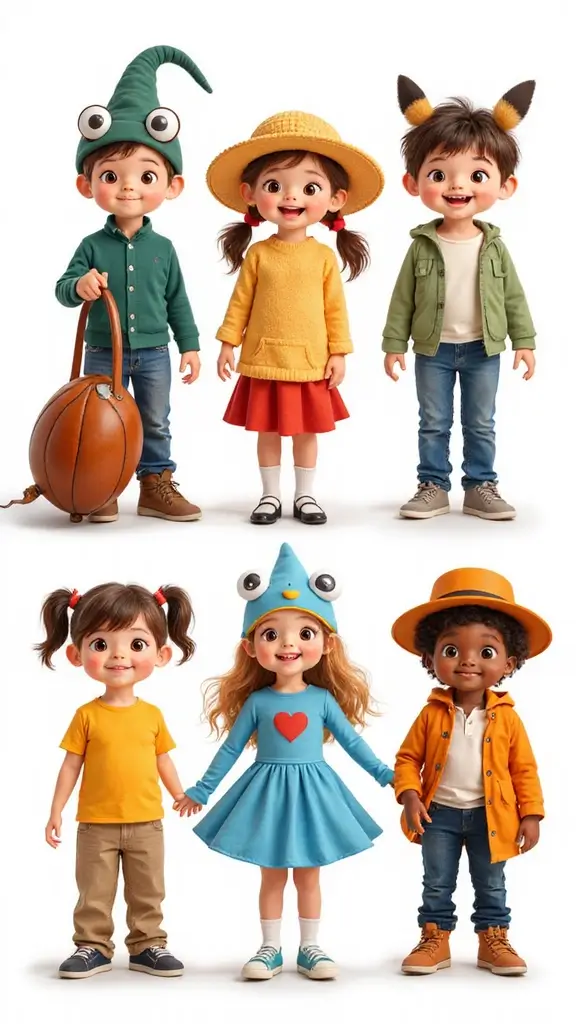
Struggling to keep language practice lively for kids? Try themed dress-up days. Here is how to run one.
– Pick a character from a favorite story or show.
– Dress the part with simple props you already have.
– Speak only in that character’s voice for the day. Copy their pace, tone, and phrases.
– Jot a short scene to perform at the end.
Tip: Let kids choose themes they love. Keep scripts short and practice brief. This helps new words stick and makes talking feel natural.
Keep the mood light so everyone tries. After the performance, note words and use them in a sentence.
13. Themed Dress-Up Days
Editor’s Choice

Halloween Agent Costume Set Include Sunglasses Zip Tie ID Badge Prop and…
 Amazon$8.99
Amazon$8.99
14. Word Relay Race
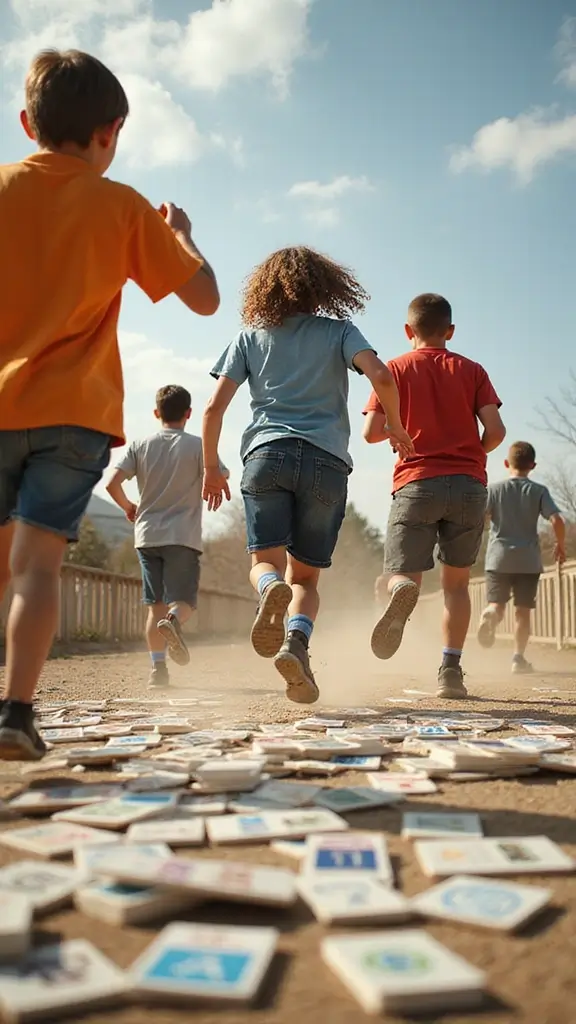
Word Relay Race turns learning into a quick, fun challenge. You split kids into teams and place a deck of vocabulary flashcards at one end. A runner dashes forward, grabs a card, reads the word aloud, and returns before next player goes. The team cheers as they move. This boosts vocabulary and reading. To spark interest, mix in English with a child’s native language on some cards. Here is why it works:
– Movement helps memory.
– Repetition builds confidence.
– Reading aloud boosts pronunciation.
Tip: add quick tasks at the relay point: spell the word, use it in a sentence, or describe its meaning.
14. Word Relay Race
Editor’s Choice

New 11+ Vocabulary Flashcards – Ages 10-11: superb flashcards for the el…
 Amazon$25.51
Amazon$25.51
FCXJTU Digital Simple Stopwatch Timer, No Bells, No Alarm, Simple Basic …
 Amazon$8.99
Amazon$8.99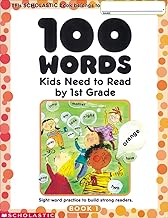
100 Words Kids Need to Read by 1st Grade: Sight Word Practice to Build S…
 Amazon$3.95
Amazon$3.9515. Language Gardening
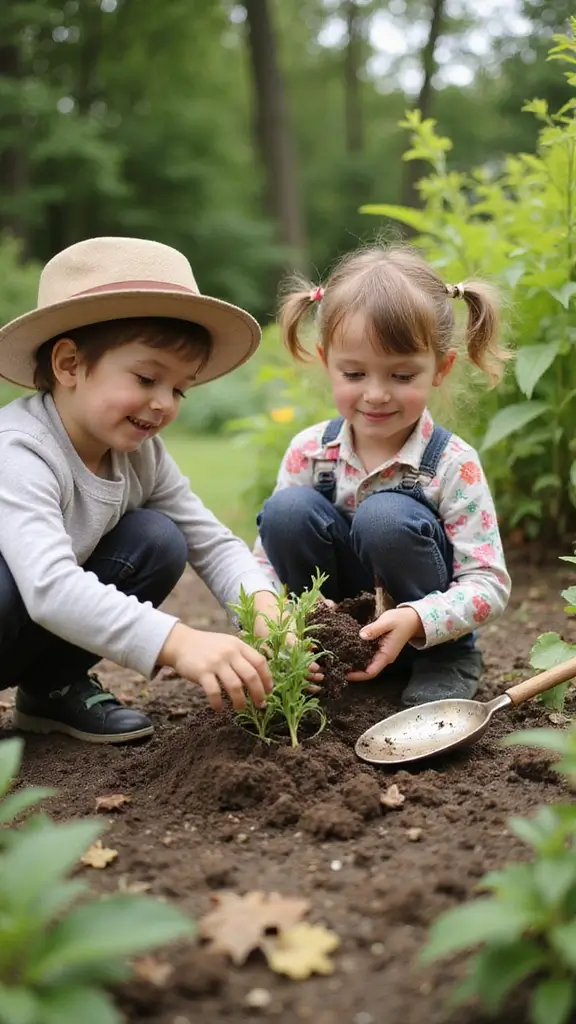
Language Gardening
Here is why this activity helps kids learn words fast: mixing hands-on gardening with talking about plants keeps memory strong.
– As you plant, name each plant and teach simple gardening terms like seed, sprout, root, leaf, soil.
– Talk about growth stages, colors, textures, and smells. Ask your child to describe what they see and feel.
– Make it a family project. Keep a garden journal with daily or weekly notes and sketches.
Next steps: add small plant labels with names and care tips. This gives extra reading practice and helps kids connect words to real care tasks.
Confidence grows.
15. Language Gardening
Editor’s Choice
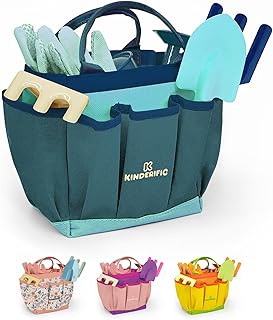
Gardening Set, Tool Kit, for Kids, STEM, Includes Tote Bag, Spade, Water…
 Amazon$19.95
Amazon$19.95
Garden Journal for Kids: Vegetable Garden Log Book for Children with Pro…
 Amazon$9.99
Amazon$9.99
KINGLAKE 100 Pcs 6 x10cm Plastic Plant T-Type Tags Nursery Garden Labels
 Amazon$5.99
Amazon$5.9916. Word of the Day Challenge
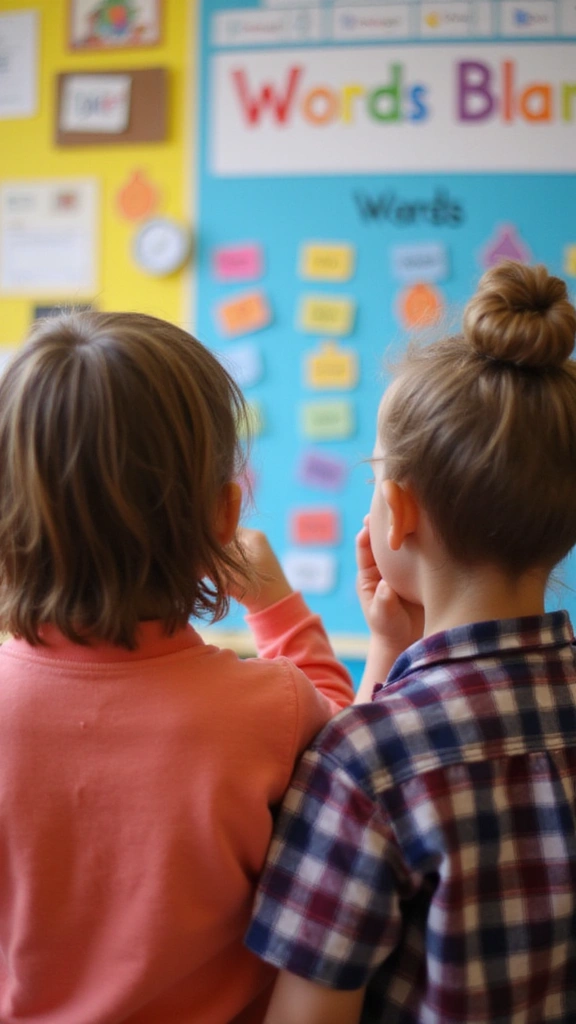
You want your child to love English and grow a real vocabulary. A Word of the Day challenge can help. Pick one fresh word each day. Write it on a big poster, or drop it into a shared notebook. Ask your child to use the word in a sentence during lunch or a quick chat. Track progress with a simple chart you both can read. At week’s end, celebrate with a short quiz, a sticker, or a small treat. Keep it tied to daily chores or themes to keep things lively. Tip: Add a bite-sized fact about the word’s origin or show it in a few different contexts.
16. Word of the Day Challenge
Editor’s Choice

New 11+ Vocabulary Flashcards – Ages 10-11: superb flashcards for the el…
 Amazon$25.51
Amazon$25.51
REGELETO 80 Pack Incentive Reward Chart for Classroom Home Behavior for …
 Amazon$8.99
Amazon$8.99
Merriam-Webster’s Elementary Dictionary – Features 37,000+ words, 900+ f…
 Amazon$17.18
Amazon$17.18
17. Language Learning Apps
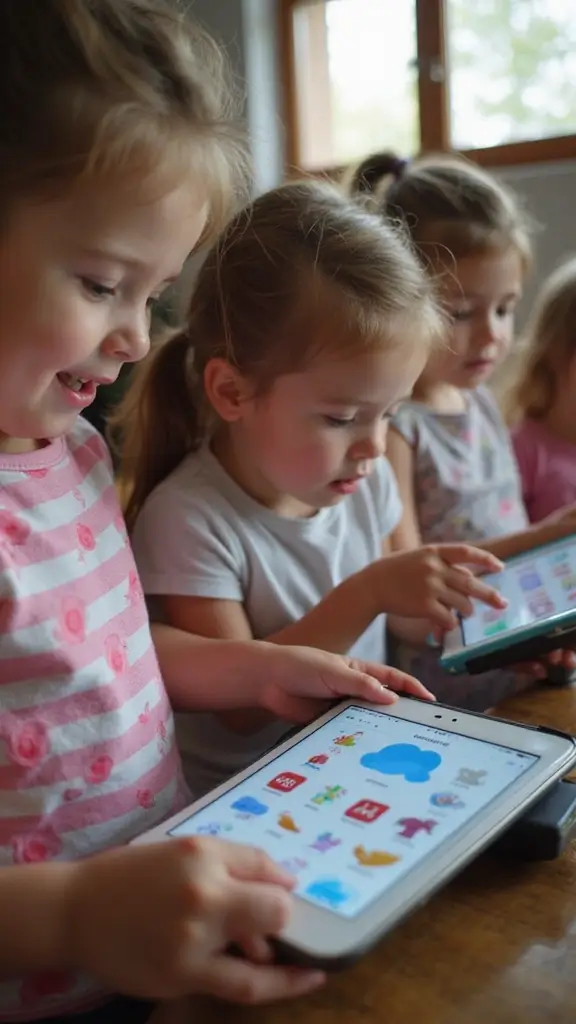
Turn screen time into language practice with kid-friendly learning apps. These tools cover vocabulary, grammar, and reading through games and quick quizzes. Your child explores words in bright, friendly scenes, earns rewards, and repeats ideas by playing. Set a daily goal, like 15 minutes, and let the app adapt to progress so tasks stay just right. Here is why it helps: kids stay engaged, move at their own pace, and see fast wins. Next steps: pick apps that track progress, offer personalized paths, and let you adjust difficulty as they grow. Tip: Choose apps that customize lessons to their pace.
17. Language Learning Apps
Editor’s Choice

JoyCat Kids Learning Tablet: 156 Pages Tap-to-Read Flash Cards with 20 L…
 Amazon$29.99
Amazon$29.99
510 Words, Talking Flash Cards for Toddler 1 2 3 4 Year Olds, Language L…
 Amazon$12.59
Amazon$12.59
Junior Learning Phonics Board Games Set, 6 Counters, Ages 4-5, Language …
 Amazon$16.99
Amazon$16.9918. Family Book Club

You want your kids to love reading, not just pretend. A family book club can make stories real and fun. It gives a shared goal, steady talk time, and a simple way to grow language at home. Here is why it works.
– Choose a book together Pick a title that fits all ages. Read aloud or take turns. After a chapter, share one part you liked.
– Set a simple schedule Choose a regular day and short sessions.
– Discuss and connect Talk about what stood out, what was funny, and what puzzled you.
– Add a quick tie‑in activity Do a quick game, draw a scene, or act a moment.
Next steps: pick a book and set a date.
18. Family Book Club
Editor’s Choice

12 Beloved Disney Classic Little Golden Books (Boxed Set)
 Amazon$36.22
Amazon$36.22
Reading Journal for Kids: For the Love of Books, A Book Journal and Plan…
 Amazon$8.47
Amazon$8.47
Open The Joy – Creative Storytelling Card Game for Kids, Family Fun Educ…
 Amazon$12.99
Amazon$12.9919. Language Learning Videos
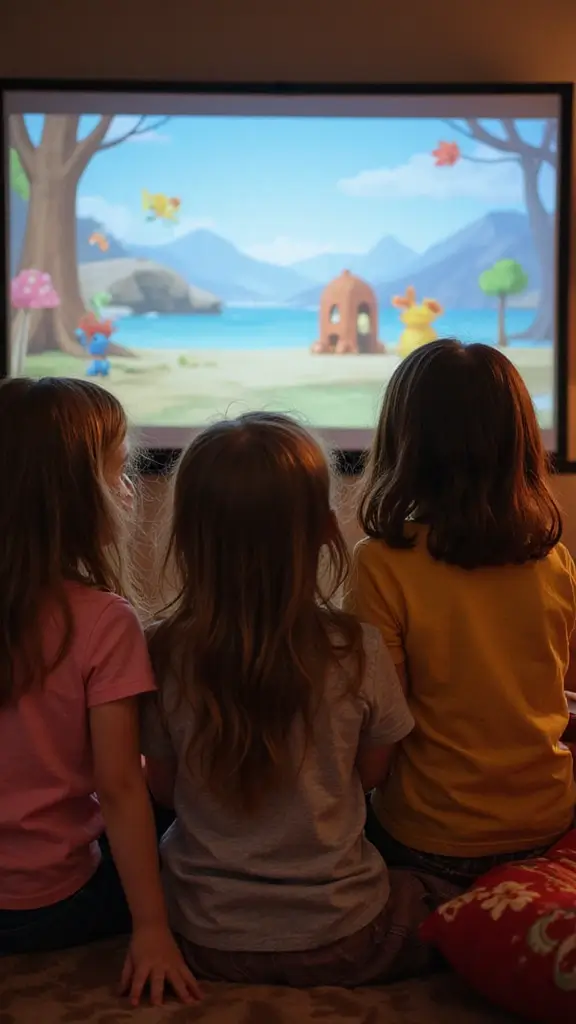
Video lessons tap into how kids learn best. Use language learning videos that match your child’s age and interests. Pick clips that introduce new words and simple grammar in a fun way. After watching, talk through what they saw to lock in the ideas.
Try these moves: ask them to retell the plot in their own words. Have them act out a quick scene or short dialogue. Encourage a quick summary, then repeat key phrases together.
Tip: Choose videos with songs or memorable characters to keep energy high and help memory stick. If attention dips, pick shorter clips and pause to ask questions.
19. Language Learning Videos
Editor’s Choice


First English Words Sound Book,Total 470+ Sounds, 21 Themes, My First En…
 Amazon$26.99
Amazon$26.99
Bundle Deal – Tagalog Sound Books for Kids, Children’s Songs from The Ph…
 Amazon$76.99
Amazon$76.9920. Word Art
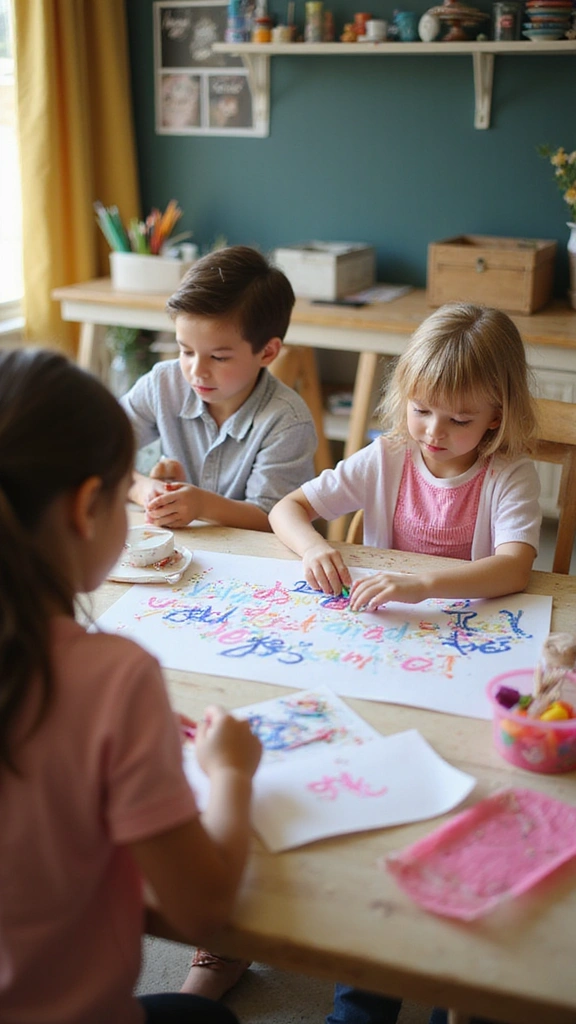
Word art makes learning feel real. You turn words into pictures and shapes, so kids remember them better. Here is why it works: it links a word to color, texture, and touch. Next steps: pick three to five words your child wants to learn.
– Gather simple materials: paper, pencils, markers, glue, scissors, clay, stickers.
– Create: write the word large, then draw a picture that shows its meaning, or form the letters with clay.
– Display: hang or pin the pieces at home to celebrate progress.
– Pro Tip: Set up a mini gallery night and invite family to see their masterpieces.
20. Word Art
Editor’s Choice

DLUCKY 208 PCS Art Supplies, Drawing Art Kit for Kids Adults Art Set wit…
 Amazon$22.99
Amazon$22.99
ESSENSON Modeling Clay Kit – 36 Colors Air Dry Magic Clay, DIY Molding w…
 Amazon$18.39
Amazon$18.39
Crayola Ultra Clean Washable Markers for School (40ct), Essential Back t…
 Amazon$14.67
Amazon$14.6721. Language Board Games
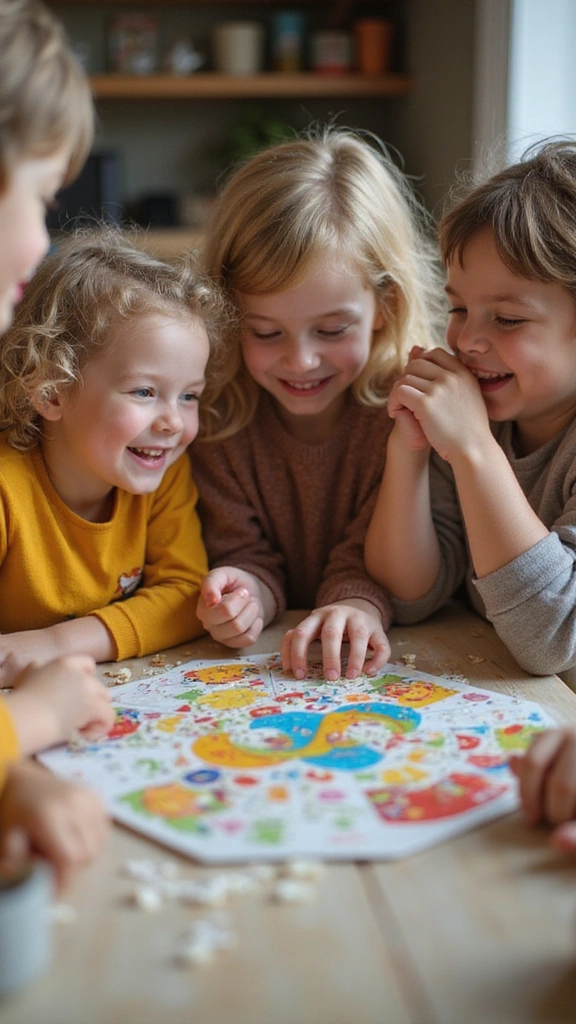
– Board games make language practice feel like play.
– Pick games that center on words, like Scrabble or Boggle, or create a simple word challenge you can tailor to your kid’s level.
– Play together to build vocabulary and quick thinking, and add a little healthy competition.
– After each round, talk about new words you used and the strategies you chose for spelling or word building.
– This turns a game into a quick mini lesson.
– Tip: Make your own word game with a small board and cards that target the skills your child needs most.
– Keep sessions short and fun.
– Try it soon.
21. Language Board Games
Editor’s Choice

Tile Lock Scrabble by Winning Moves Games USA, Innovative Gameboard “Loc…
 Amazon$21.95
Amazon$21.95
Boggle Classic Game | Word Search Games | Ages 8+ | 1 or More Players | …
 Amazon$11.99
Amazon$11.99
Create Your Own Board Game Set – DIY Kit with Blank Game Board, Game Pie…
 Amazon$29.99
Amazon$29.9922. Nature Walk with Words

Stuck on how to make language fun outside? Here is why it works. Try a nature walk with words. As you walk, invite kids to describe what they see using nature terms. For example, point to a leaf and name its color, shape, and texture. Collect items and later turn them into sentences. This keeps learning relevant and gives meaning to vocabulary. Sensory prompts help too: what does the bark feel like, what sounds does the wind make? Extra Tip: Bring a notebook so they can jot words or notes as they go. Keep it light and fun. You win.
22. Nature Walk with Words
Editor’s Choice


eeBoo: Natural and Earth Science Educational Flash Card, Includes a Colo…
 Amazon$10.87
Amazon$10.87
National Audubon Society Trees of North America (National Audubon Societ…
 Amazon$22.49
Amazon$22.49Conclusion

With these 24 fun activities, learning English can be an exciting journey rather than a daunting task!
Encourage your kids to explore language through play, creativity, and interaction.
The more they engage, the more they’ll love learning! You can spark their interest and make language a delightful part of their lives.
Note: We aim to provide accurate product links, but some may occasionally expire or become unavailable. If this happens, please search directly on Amazon for the product or a suitable alternative.
This post contains Amazon affiliate links, meaning I may earn a small commission if you purchase through my links, at no extra cost to you.
Frequently Asked Questions
What Are Some Fun English Learning Activities for Kids?
There are so many creative ways to make learning English enjoyable for kids! Some popular activities include Story Time Theater, where kids act out stories, and Vocabulary Treasure Hunts, which turn word practice into an exciting adventure. Other fun options are Word Jenga, where kids use vocabulary words in sentences, and English Karaoke, where they can sing along to their favorite songs!
How Can I Keep My Kids Engaged in Learning English?
To keep your kids engaged in learning English, focus on activities that combine play and education. Try Interactive Storybooks that require movement, or organize Themed Dress-Up Days based on book characters they love. Incorporating games like Flashcard Bingo or Language Charades can also make language practice feel like fun rather than a chore!
Are There Activities for Different Age Groups?
Absolutely! Many of the fun English learning activities for kids can be tailored to different age groups. For younger kids, activities like Puppet Show Phonics and Nature Walk with Words can be engaging and interactive. For older kids, consider Creative Journaling or Family Book Clubs that encourage deeper discussions and reflections!
How Do I Introduce English Learning at Home?
Introducing English learning at home can be simple and fun! Start with daily activities like a Word of the Day Challenge to enrich vocabulary, or set up a DIY Word Wall that showcases new words. Encourage reading together and exploring language through engaging activities like Language Art Gallery, where kids create art related to their favorite stories!
Can These Activities Help with Other Subjects Too?
Yes, many of these fun English learning activities for kids can cross over into other subjects! For example, a Language Gardening activity not only enhances vocabulary but also teaches about plants and science. Similarly, Language Cooking Classes can improve math skills through measuring and following recipes. The key is to keep the activities versatile and exciting!
